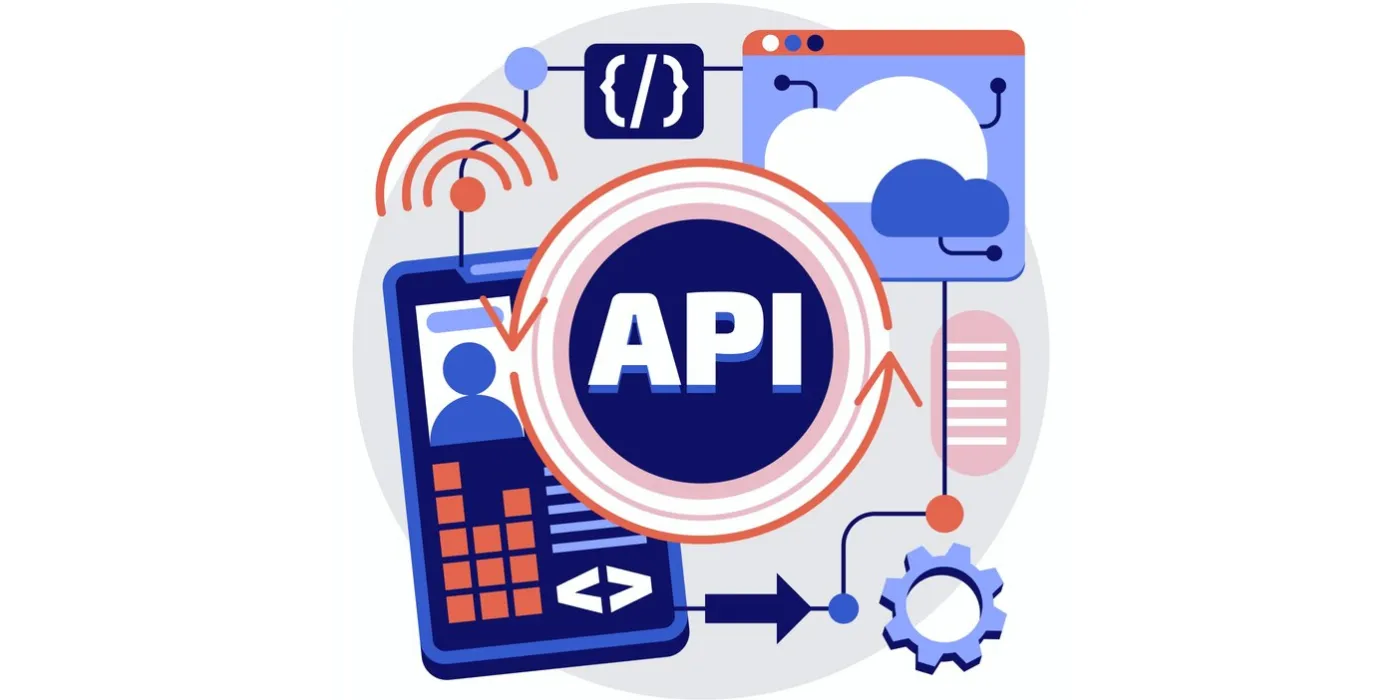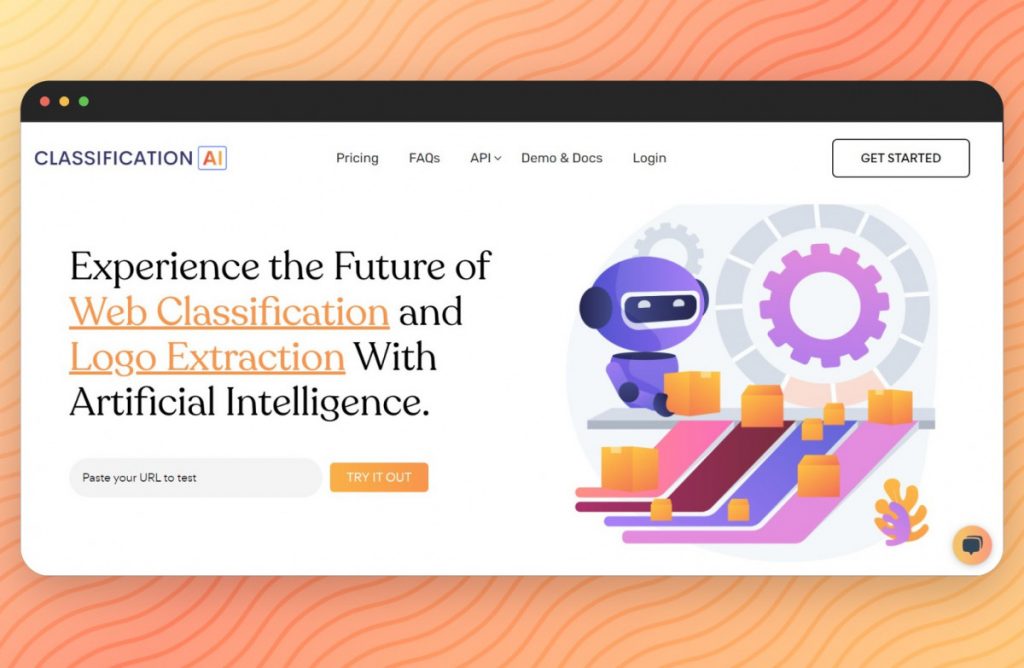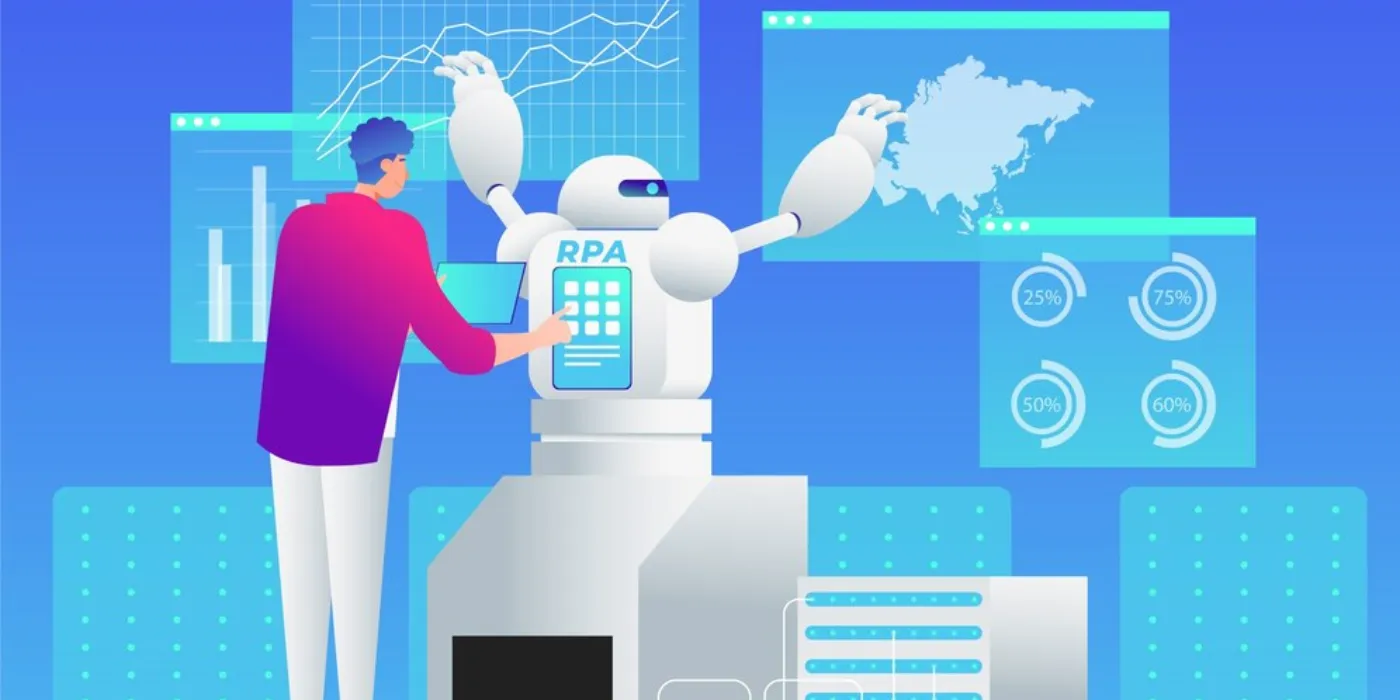In today’s fast-paced world, businesses and individuals are inundated with vast amounts of information. From emails and social media posts to news articles and research papers, the sheer volume of data can be overwhelming. To make sense of this information and extract meaningful insights, Artificial Intelligence (AI) is playing a crucial role. One of the key technologies that enable efficient information handling is the AI Classification API.
Understanding AI Classification

AI Classification is a technique that involves categorizing data into different classes or categories based on specific criteria. It utilizes machine learning algorithms to train models that can accurately classify new, unseen data. In the context of information handling, AI Classification can be used to categorize documents, emails, or any other textual data. This powerful technology allows businesses and individuals to organize and manage information effectively.
The Power of AI Classification API
The AI Classification API provides a simple yet powerful way to integrate AI Classification capabilities into applications and solutions. It offers a range of benefits that can greatly enhance information handling processes. Let’s explore some of the key advantages of using the AI Classification API:
1. Efficient Document Organization
With the exponential growth of digital documents, organizing and categorizing them manually is a time-consuming and error-prone task. AI Classification API automates this process by accurately classifying documents based on their content. This enables businesses to efficiently organize and retrieve documents, leading to improved productivity and streamlined workflows.
2. Intelligent Email Filtering
Email overload is a common challenge faced by individuals and businesses. AI Classification API can be used to automatically categorize incoming emails into different folders or labels based on their content. This allows users to prioritize and respond to important emails promptly, while filtering out irrelevant or spam messages. By leveraging AI Classification, individuals can achieve better email management and focus on high-priority tasks.
3. Personalized Content Recommendations
In the era of information overload, personalized content recommendations play a crucial role in capturing users’ attention and delivering a tailored experience. AI Classification API can be utilized to analyze user preferences and behavior, enabling businesses to recommend relevant articles, news, or products. This not only enhances user engagement but also increases the likelihood of conversions and customer satisfaction.
4. Accurate Sentiment Analysis
Understanding customer sentiment is vital for businesses to make informed decisions and improve their products or services. AI Classification API can be employed to analyze customer feedback, social media posts, or online reviews and accurately classify them as positive, negative, or neutral. This enables businesses to gain valuable insights into customer sentiment at scale, identify areas for improvement, and take proactive measures to enhance customer satisfaction.
5. Fraud Detection and Security
AI Classifications API can be a powerful tool in detecting fraudulent activities and enhancing security measures. By training a machine learning model with labeled data representing fraudulent behavior, businesses can utilize the AI Classifications API to automatically classify new transactions or user actions as either legitimate or suspicious. This helps in mitigating risks, protecting businesses and their users from potential threats, and improving overall security.
How to Implement AI Classification API
Implementing the AI Classification API into applications and solutions is a straightforward process. Here are the key steps involved:
- Define Classification Categories: Determine the specific categories or classes that you want the AI Classification model to predict. For example, in document organization, the categories could be “invoices,” “reports,” “contracts,” etc.
- Collect and Label Training Data: Gather a significant amount of labeled data that represents the different categories you want the model to classify. This labeled data will be used to train the AI Classification model.
- Train the AI Classification Model: Utilize machine learning techniques to train the model using the labeled training data. This involves feeding the data into the model and adjusting its parameters to optimize its predictive capabilities.
- Integrate the AI Classifications API: Once the model is trained, integrate it into your application or solution using the AI Classifications API. This typically involves making API calls to send new, unseen data to the model and receive the predicted category labels.
- Evaluate and Refine: Regularly evaluate the performance of the AI Classification model and refine it as needed. This may involve adding more labeled data, adjusting model parameters, or exploring different algorithms to improve accuracy and precision.
To make use of it, you must first:

- Go to AI Classification API and simply click on the button “GET STARTED” to start using the API.
- After signing up in Classification.ai, you’ll be given your personal API key. Using this one-of-a-kind combination of numbers and letters, you’ll be able to use, connect, and manage APIs!
- Employ the different API endpoints depending on what you are looking for.
- Once you meet your needed endpoint, make the API call by pressing the button “Run” and see the results on your screen.
Conclusion
The AI Classification API is a powerful tool that enables businesses and individuals to handle information with precision and efficiency. By leveraging AI Classification, businesses can organize documents, filter emails, provide personalized content recommendations, analyze sentiment, and enhance security measures. The straightforward implementation process allows seamless integration of the AI Classification API into applications and solutions, unlocking the full potential of AI in information handling. Embracing AI Classification is the key to effectively managing the ever-growing volume of information and making informed decisions in today’s digital world.
Read More: Real time categorization api for development purposes

